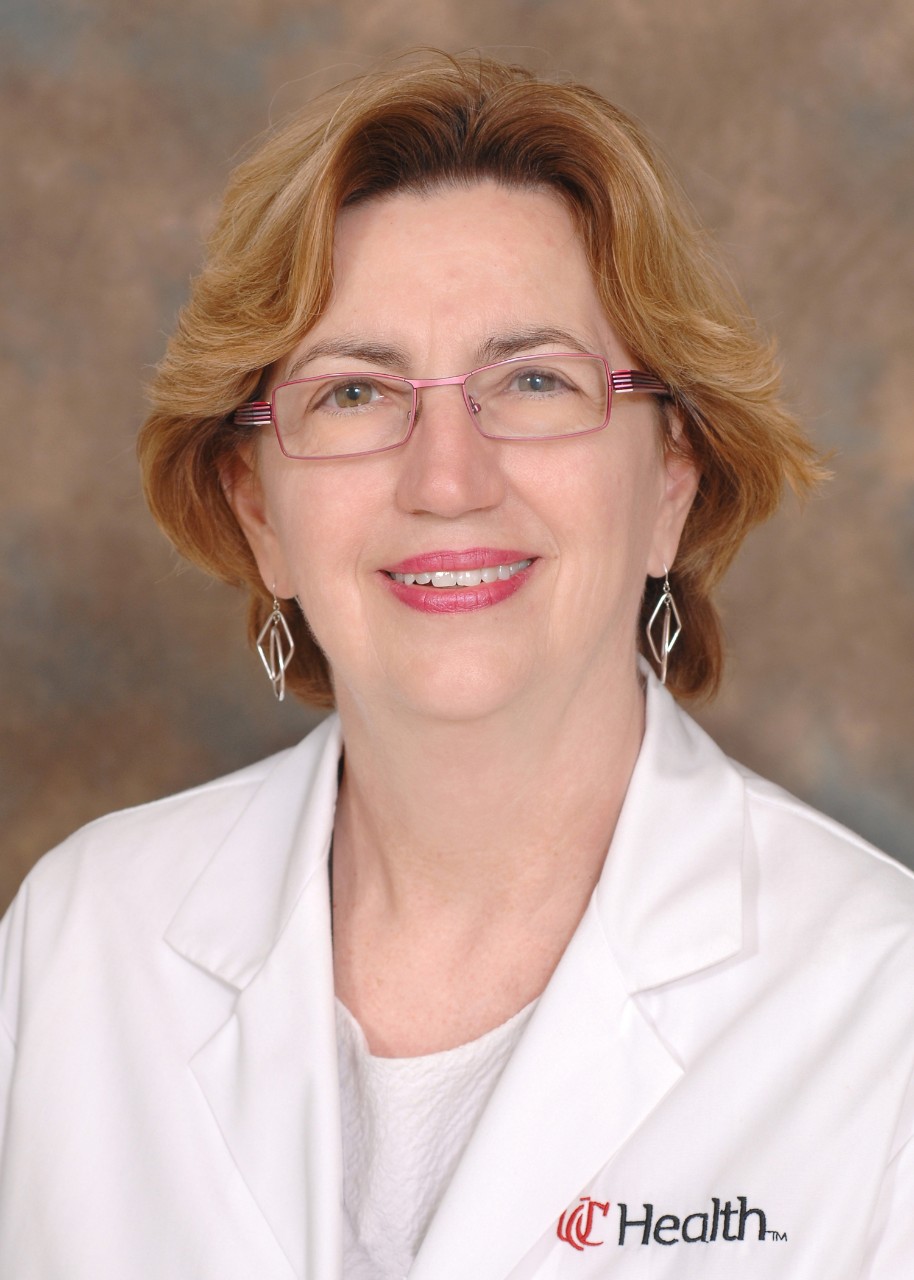
WVXU: Is it time to stop 'falling back?' Sleep experts say yes
UC expert says the biggest issue around the time change is school safety
The semi-annual changing of clocks by an hour in the spring and fall has detrimental health impacts and some experts say it's time for that practice to be abolished including the American Academy of Sleep Medicine (AASM) and the American Medical Association (AMA). In a position statement published in 2020 in the Journal of Clinical Sleep Medicine, the AASM reports there are negative health effects associated with switching to daylight saving time, including increased risk of stroke, cardiovascular deaths, myocardial infarction, hospital admissions from acute atrial fibrillation and more. The AMA has also come out in favor of year-round standard time.
Ann Romaker, MD, of the Division of Pulmonary, Critical Care and Sleep Medicine at the UC College of Medicine, spoke to WVXU on the topic.

"When you have a miss-alignment between the timing of your own body clock and what the rest of the world wants you to do, they call that 'social jet lag.' You didn't get to fly to Europe or go anywhere but you get the negative effects," Romaker says.
When most of the country switches to daylight saving time in the spring, Romaker says research shows there's "more inflammatory chemicals running loose in the body. There's lower tone of the vagus nerve, which is the one that controls the heart and swallowing, so there's a higher heart rate and higher blood pressure and reduced sleep during daylight saving time in the summer," she says. "In the fall when you go backwards, that's been associated with mood disturbances and increased rates of suicide; traffic accidents increase in the first few days after the change, and fatal crashes increase 6% in the United States."
For Romaker, school safety is the biggest reason to stay on standard time year-round.
"When you have kids going to school in the dark in the morning, there's clear evidence that there's a much higher incidence of car accidents involving children," Romaker says. "We come home from work in the dark in standard time but we're a little more used to that and the kids aren't on the road. We do better with driving and accident rate when we follow the standard schedule."
Next Lives Here
The University of Cincinnati is classified as a Research 1 institution by the Carnegie Commission and is ranked in the National Science Foundation's Top-35 public research universities. UC's graduate students and faculty investigate problems and innovate solutions with real-world impact. Next Lives Here.
Related Stories
Cincinnati researchers want to know if MRIs can work better
June 28, 2024
WVXU and the Cincinnati Business Courier highlighted a new collaboration between the University of Cincinnati College of Medicine, UC Health GE HealthCare, JobsOhio, REDI Cincinnati and Cincinnati Children’s to create an MRI Research and Development Center of Excellence located on UC’s medical campus.
UC opens Blood Cancer Healing Center
June 28, 2024
Media outlets including WLWT, Local 12, Spectrum News, the Cincinnati Enquirer and Cleveland.com highlighted the opening of the University of Cincinnati Cancer Center's Blood Cancer Healing Center.
Financial factors to consider when moving
June 27, 2024
Moving can be a stressful and expensive endeavor. When it comes time to move, there are important financial implications to consider, Gary Painter, PhD, the academic director of the University of Cincinnati’s Carl H. Lindner College of Business real estate program and a professor of real estate, told USA Today.
New project aims to better support teen mothers in Adams County
June 27, 2024
WCPO highlighted a partnership between the University of Cincinnati and the Adams County Health Department that is aiming to provide better support for teen mothers in the county.
Free Wi-Fi, work area coming to Greater Cincinnati
June 27, 2024
St. Lawrence Park in Price Hill now has free Wi-Fi and a furnished outdoor space for community members to access digital needs. The space is part of The Nodes Project, which stands for “Neighborhoods of Design Engagement": a collaboration between UC DAAP communication designers and community entities.
Study aimed at reducing opioid overdose deaths presents results
June 27, 2024
The University of Cincinnati's John Winhusen and Caroline Freiermuth discussed the evidence-based practices implemented during the HEALing Communities Study to fight the opioid epidemic with Spectrum News.
University of Cincinnati, UC Health collaborate with GE HealthCare on MRI research center
June 26, 2024
The University of Cincinnati and UC Health are collaborating with GE HealthCare, JobsOhio, REDI Cincinnati and Cincinnati Children’s to create an MRI Research and Development Center of Excellence located on UC’s medical campus.
The health impact of living near a natural gas leak
June 25, 2024
UC College of Arts and Sciences Professor Amy Townsend-Small talks to the BBC about the health issues faced by neighbors of leaking natural gas wells.
Male birth control gel inches towards FDA approval
June 25, 2024
The University of Cincinnati's Wesley Baas spoke with Yahoo News and the Cincinnati Enquirer about a new male birth control gel that could be close to receiving FDA approval.
University of Cincinnati Cancer Center launches Blood Cancer Healing Center
June 25, 2024
The University of Cincinnati Cancer Center celebrated the opening of its state-of-the-art Blood Cancer Healing Center June 24.
